Culture
Israel’s Most Ancient “Soapery” Discovered in an Archaeological Excavation Site in Rahat
The Israel Antiquities Authority’s excavation at Rahat
Johnny Kim (SNN, Rahat) - A 1300-year-old olive oil soap making workshop, farm houses and gameboards were discovered in an excavation site by the Israel Antiquities Authority and youth participants in the southern city of Rahat
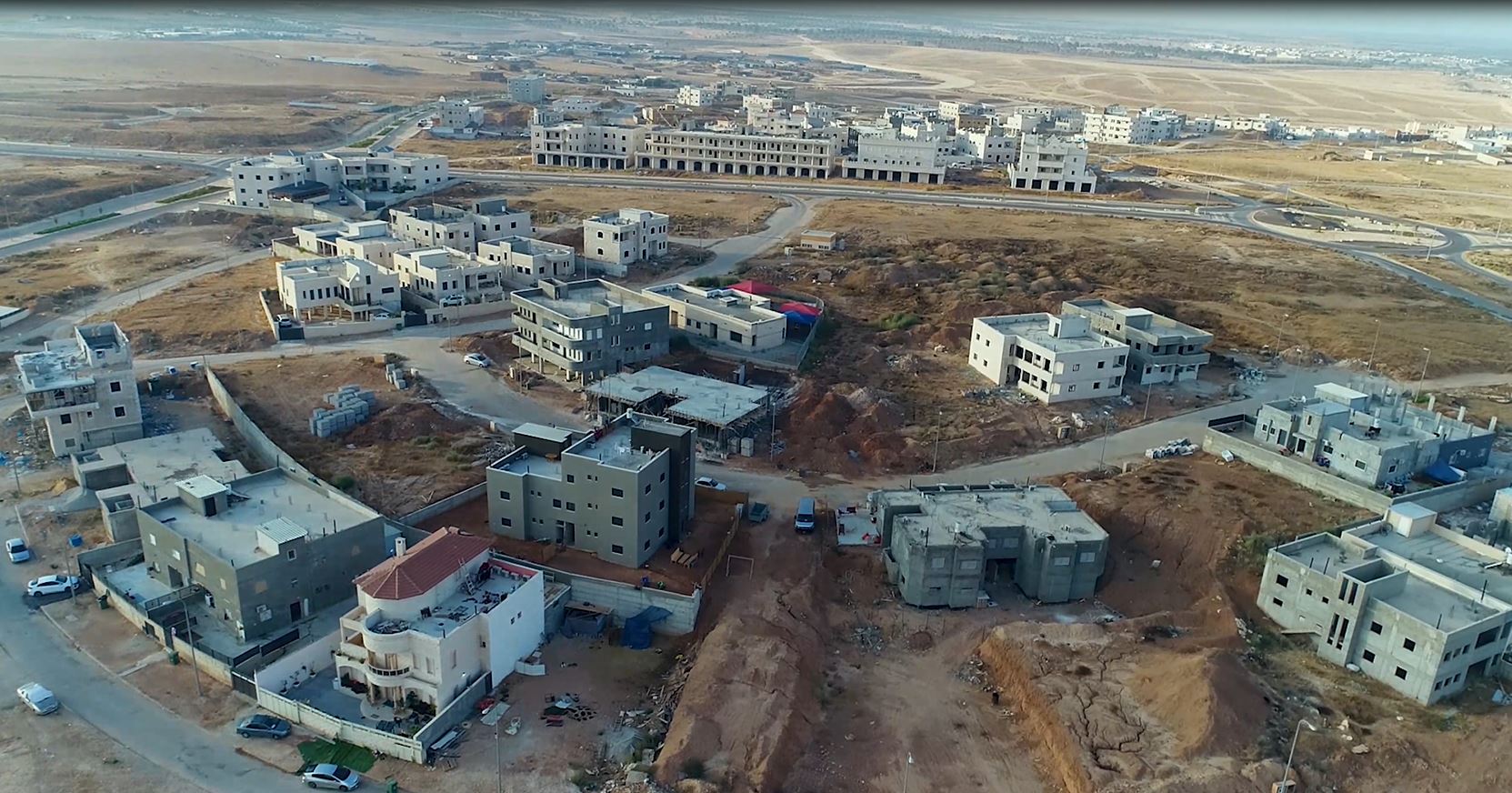
The city of Rahat - aerial view
Israel’s most ancient soap making workshop (soapery) has been exposed in recent weeks at an excavation site run by the Israel Antiquities Authority and young participants, inside a wealthy home of the Islamic period (approximately 1200 years ago), in the Bedouin city of Rahat. Over the last six months, hundreds of youth and adults have been employed at the large archaeological excavation managed by the Israel Antiquities Authority, including participants from among the local Bedouin residents, university students and students in pre-military preparatory programs.
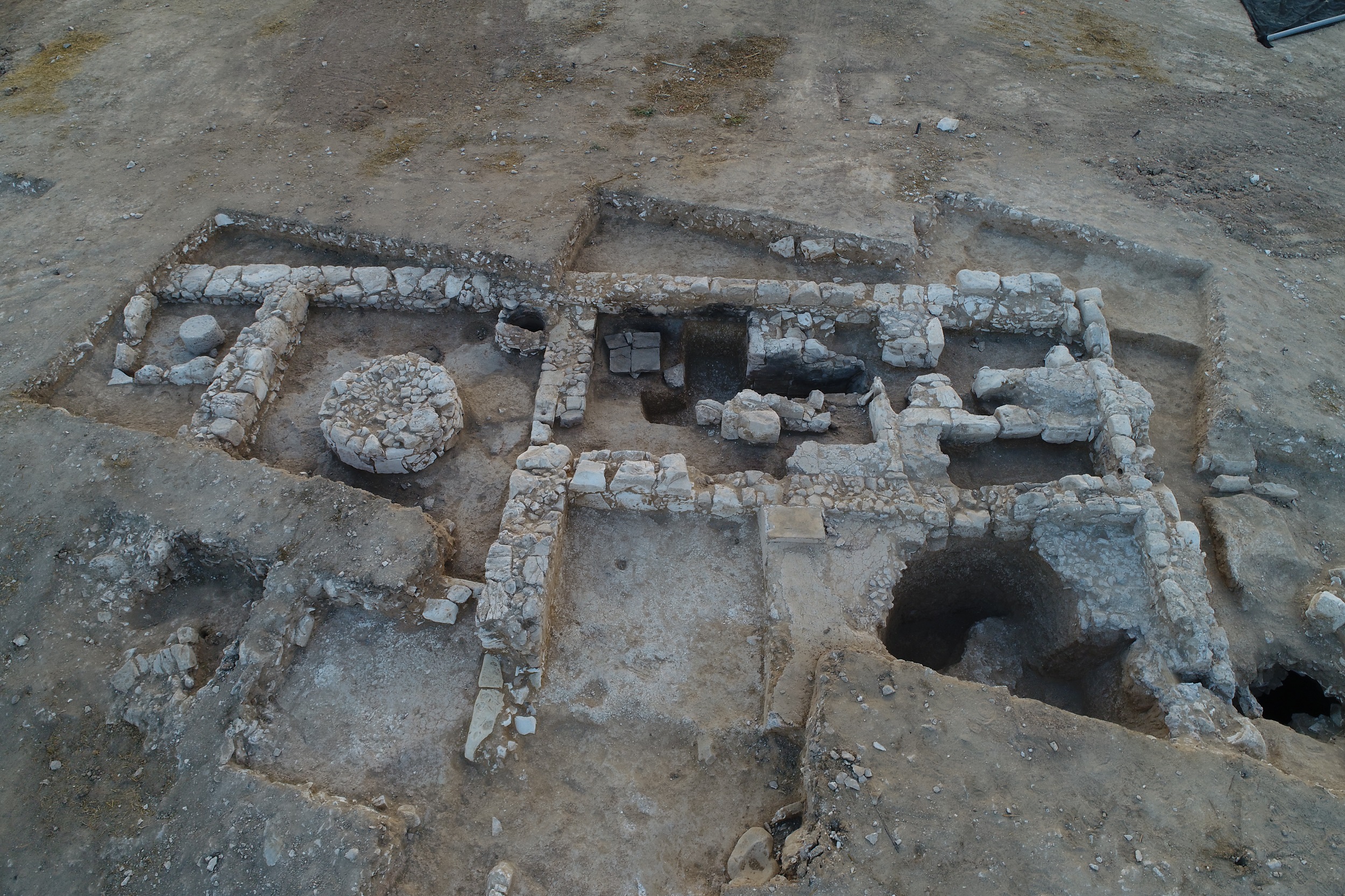
The ancient soapery discovered in an Israeli excavation.
The excavation was supervised by Dr. Elena Kogen-Zehavi, with the help of Dr. Yael Abadi-Rice and Avinoam Lehavi. The purpose was to reestablish the connection between the community and the local history. The excavations were carried out in light of new neighborhood developments in Rahat, initiated by the Authority for Development and Settlement of the Bedouin in the Negev.
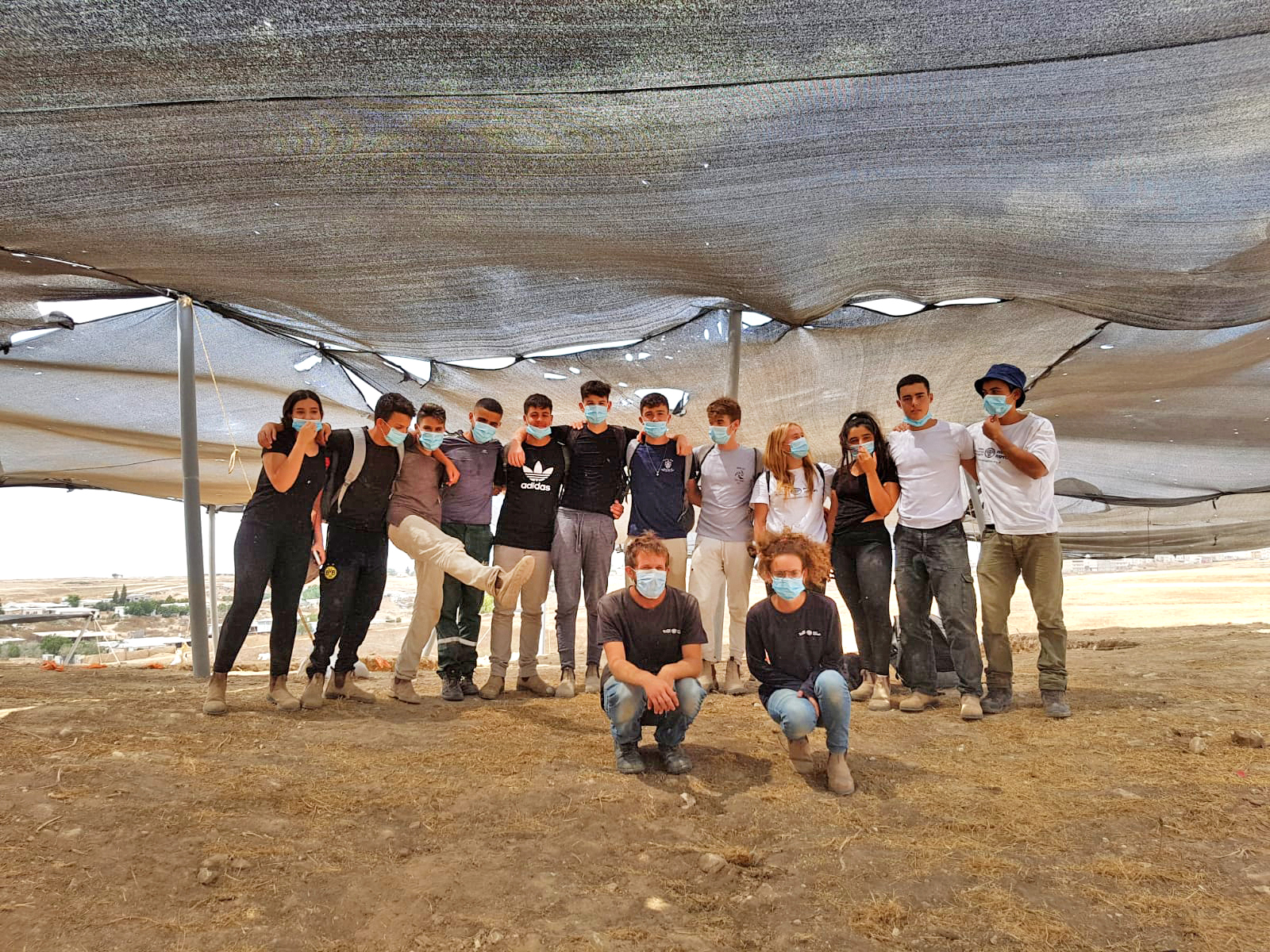
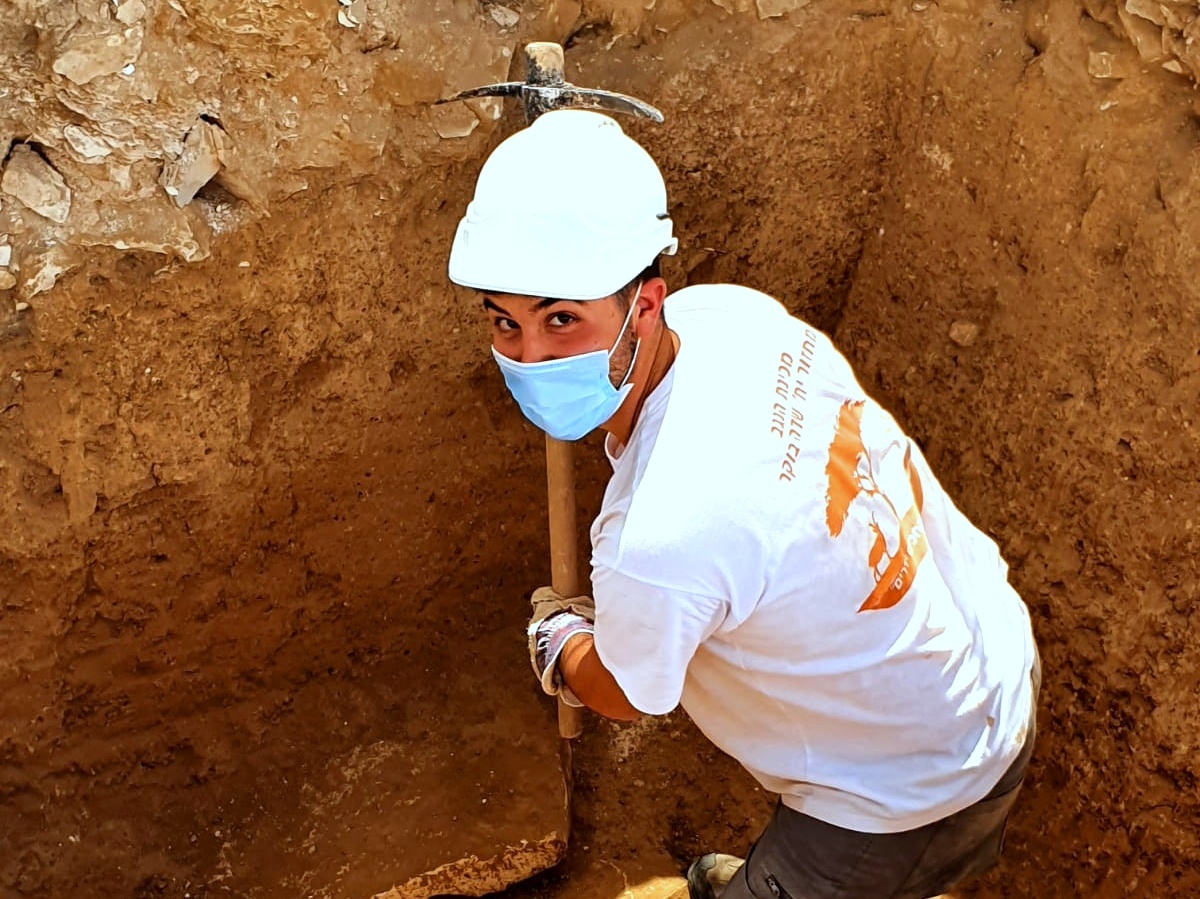
The excavation included participants made up of hundreds of young people, university students, and students in pre-military preparatory programs, from Rahat and the area.
The production of olive oil soap is mentioned in writings since the 10th century CE and it has been a significant industry in the region from the Middle Ages and until the early 20th century. During the soap-making process, olive oil was used as the base material, mixed with ashes produced by burning salsola soda (saltwort) plants, which contain potash and water. The mixture was cooked for about seven days, after which the liquid material was transferred to a shallow pool, where the soap hardened for about ten days until it could be cut into bars. These were piled for additional drying, and the final product was ready after an additional period of two months. The site at Rahat displays facilities associated with this industry. The Antiquities Authority’s researchers obtained samples from the finds, with the purpose of identifying the materials used in the production process.
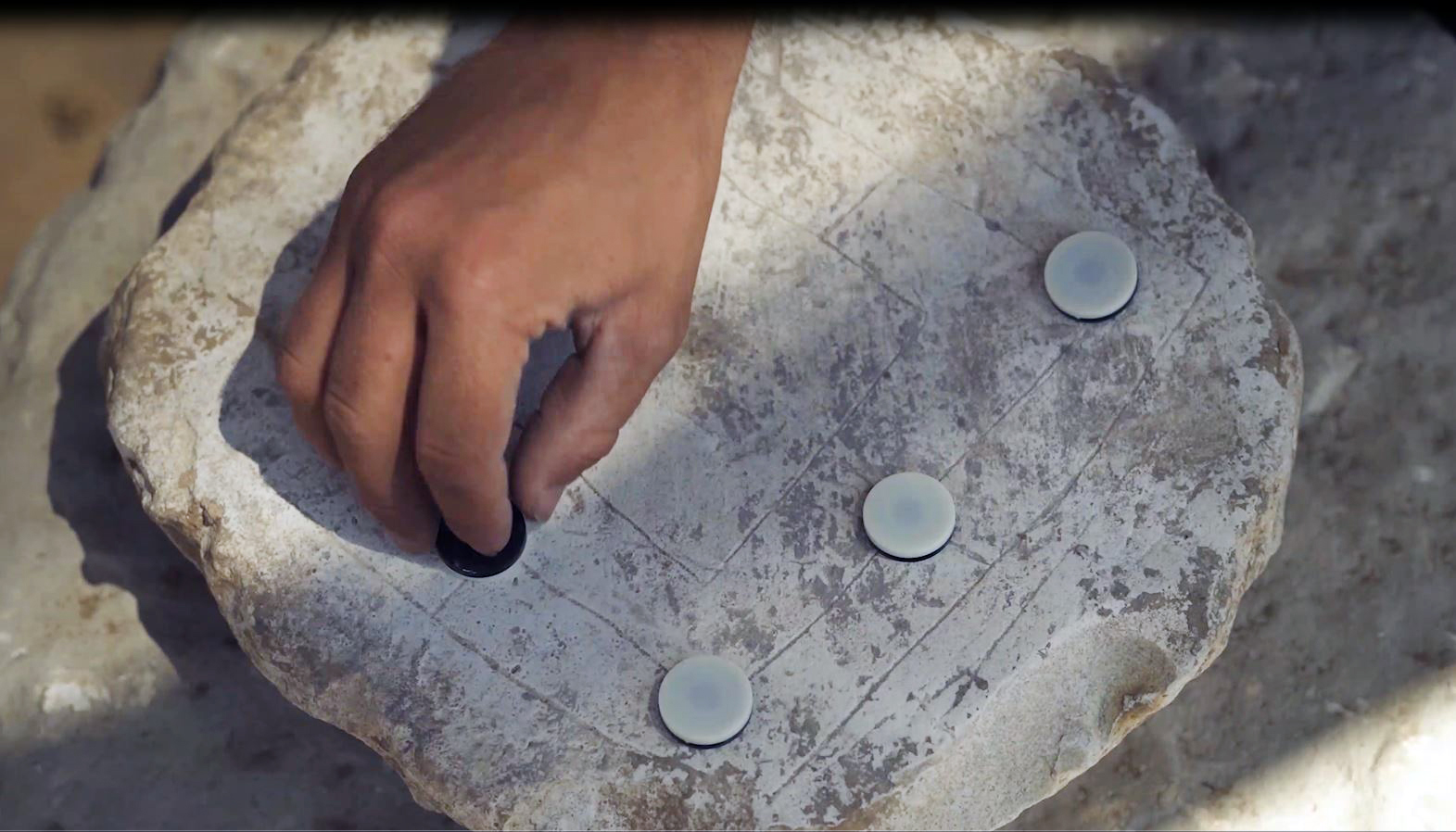
The “Windmill” gameboard
According to Dr. Elena Kogen Zehavi, the IAA excavation director, “This is the first time that a soap workshop as ancient as this has been discovered, allowing us to recreate the traditional production process of the soap industry. For this reason, it is quite unique. We are familiar with important soap-making centers from a much later period – the Ottoman period. These were discovered in Jerusalem, Nablus, Jaffa, and Gaza.”
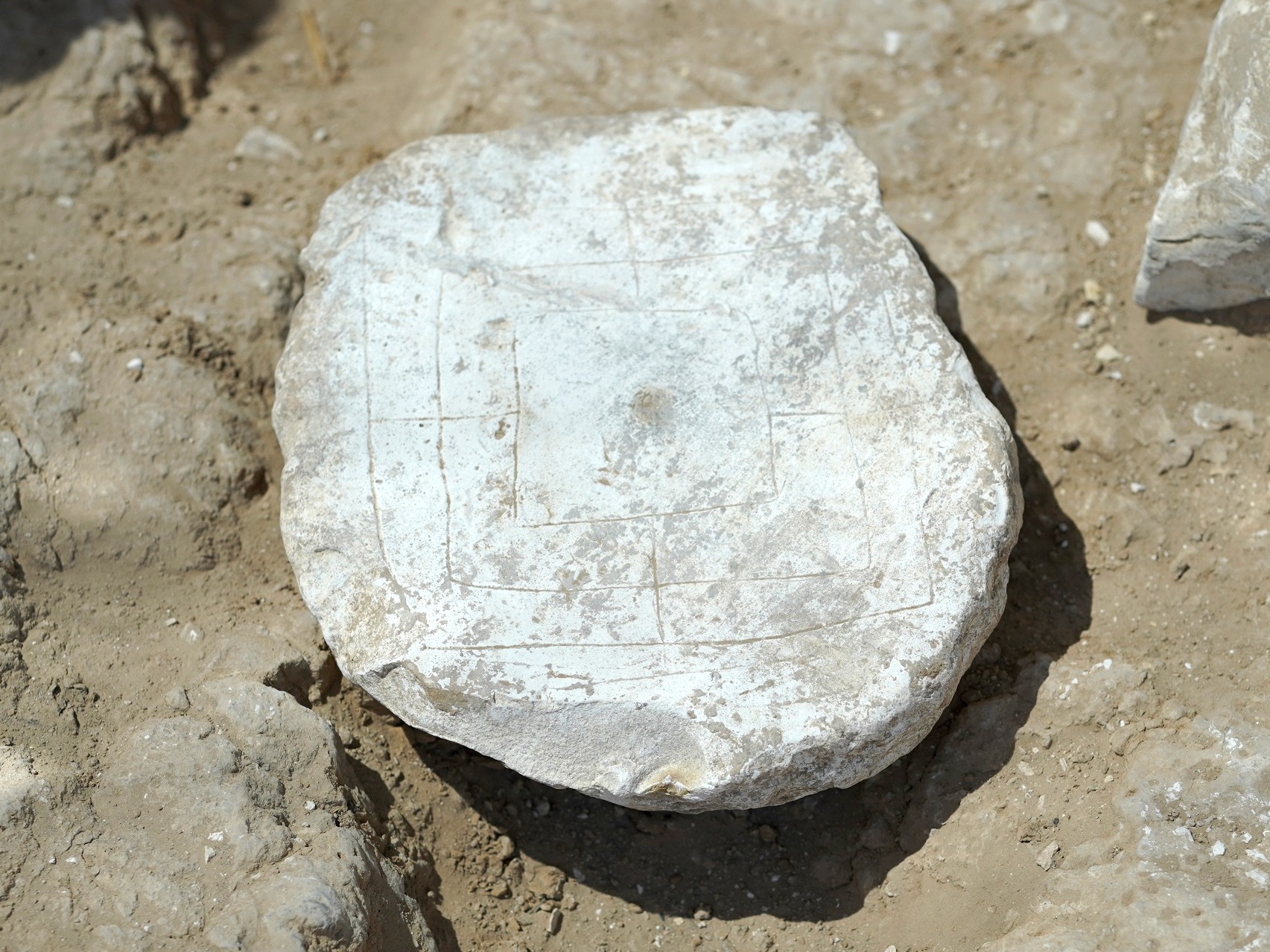
The “Windmill” gameboard in use
Svetlana Tallis, IAA Northern Negev District archaeologist, explains saying, “One of the underground spaces of the wealthy building contained another exciting finding, shedding light on the daily life of the inhabitants – a round limestone gameboard used for a strategy game called the “Windmill.” This game is known to have existed as early as the 2nd and 3rd centuries CE (the Roman period), and it is still being played to this very day.” Nearby, a second gameboard known as “Hounds and Jackals”, or “Fifty-eight Holes” was also found. This game was first played in Egypt and it spread to other parts of the Mediterranean basin and to Mesopotamia around 2000 BCE. In Israel, it has been discovered in ancient Megiddo and Tel Beth Shan. It was played by two players throwing dice or sticks that determined the number of places to move with each throw. The goal of the game seems to have been a specific point on the board."
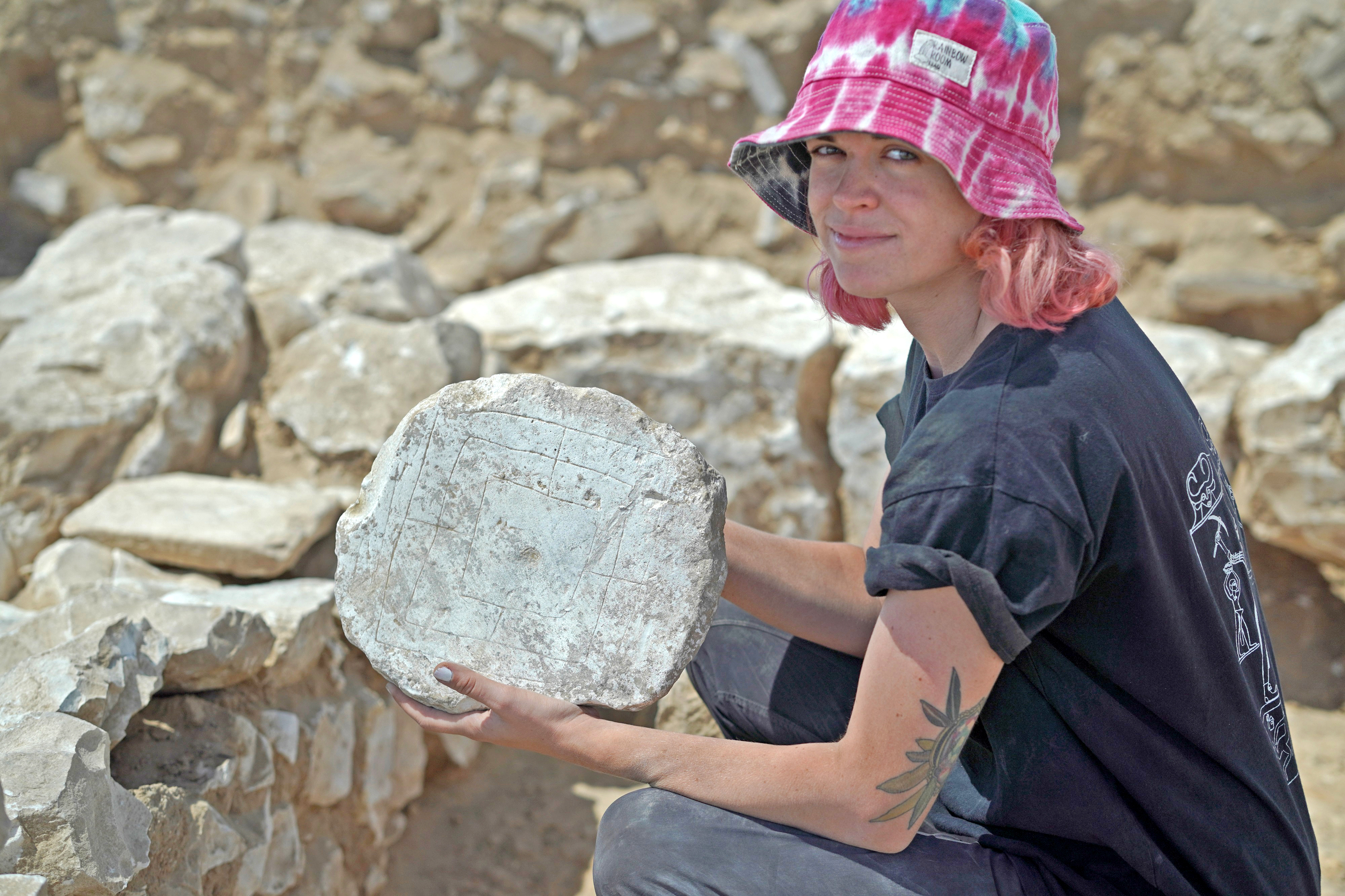
Student Jenny Vasiutin with the “Windmill” game
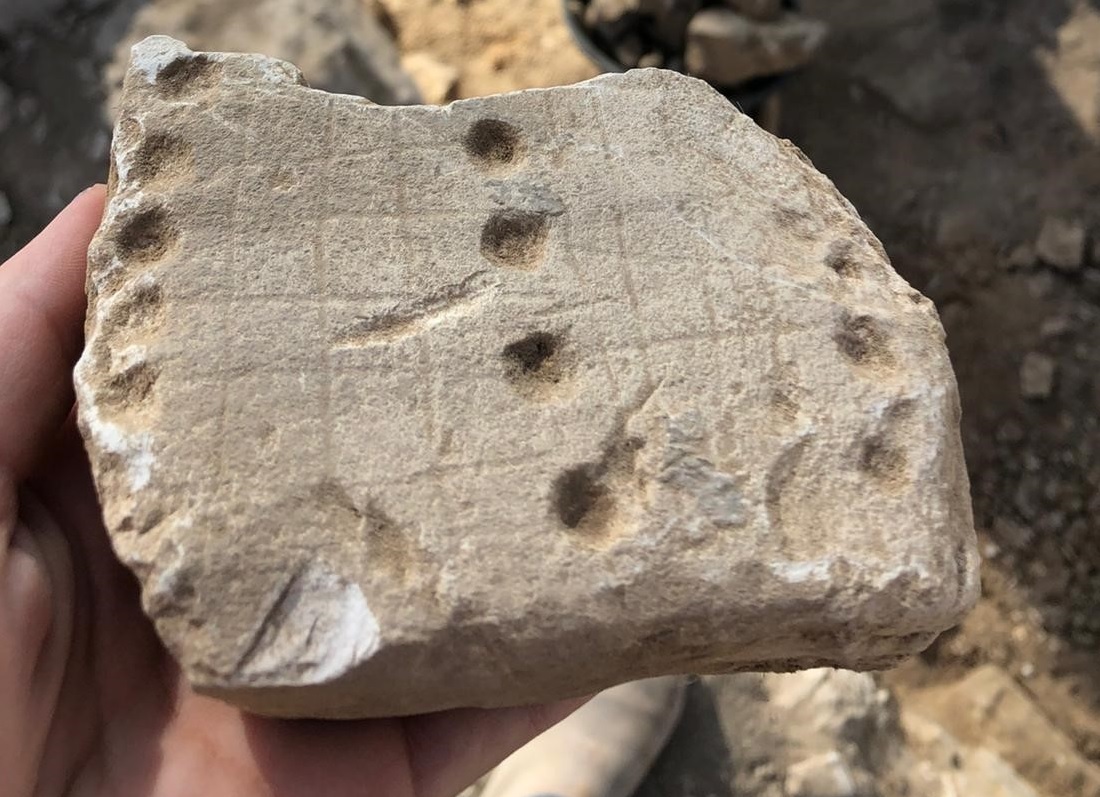
Another gameboard found at the site was called “Hounds and Jackals,” or “58 Holes. ”
“The excavation has revealed the Islamic roots of Rahat. We are proud of the excavation and happy that it took place in cooperation with the local community. We enjoy good relations with the Israel Antiquities Authority and the Authority for Development and Settlement of the Bedouin in the Negev and we hope to construct a visitors’ center that tourists and the local community will be able to enjoy,” says Fahiz Abu Saheeben, the mayor of Rahat.
Photography: Emil Aladjem, Israel Antiquities Authority
Stories for you more +